USF Making Waves REU
Projects
New Projects for 2026
Project 1: Dr. Dreux Chappell
Project 2: Dr. Larry Dishaw
Project 3: Dr. Tim Conway
Project 4: Dr. Alejandra Enriquez
Project 5: Dr. Yao Fu
Project 6: Dr. Trevor Williams
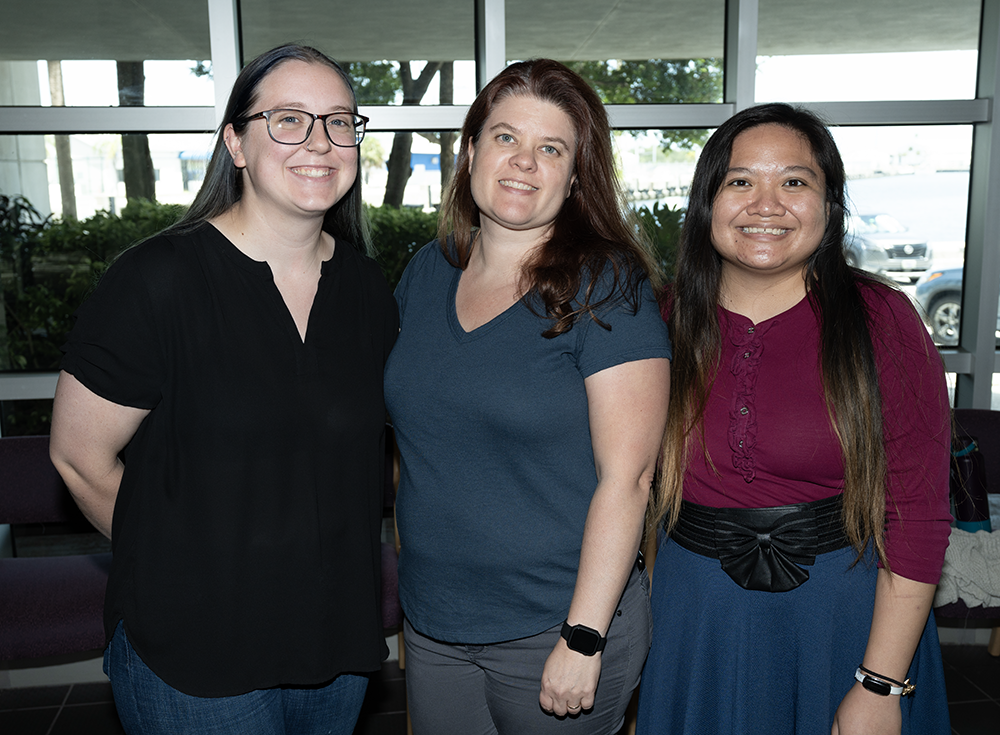
Project 1: Faculty mentor: Dr. Dreux Chappell
Phytoplankton Community Structure and Ocean Chemistry
The Chappell Biogeochemistry & OMICs of Marine Environments (BIOME) lab at USF uses a suite of molecular biological tools combined with analytical measurements of micro- and macro-nutrients to explore connections between phytoplankton physiology and ocean chemistry. REUs in the Chappell lab will examine the community composition of phytoplankton and nitrogen fixers in surface waters of the West Florida Shelf into the edge of the Gulf using amplicon sequencing and quantitative PCR. REU students will likely have the opportunity to go to sea on an oceanographic vessel to complete fieldwork on the shelf or in the Gulf.
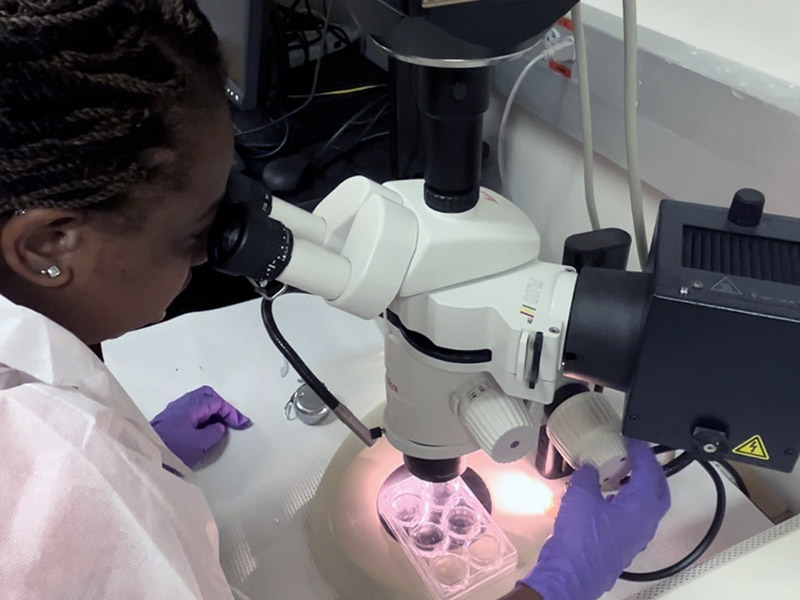
Project 2: Faculty Mentor: Dr Larry Dishaw USF Health Morsani College of Medicine
Tampa Bay ascidians as sentinels of environmental health and anthropogenic impact
As part of an interdisciplinary and collaborative research experience, REU participants will work with the Dishaw Lab to study ascidians—marine invertebrate filter feeders also known as sea squirts—that inhabit the coastal waters of Tampa Bay. These animals continuously filter large volumes of seawater through their bodies, making them ideal bioindicators of environmental conditions, including pollution, microbial contamination, and exposure to microplastics.
Our lab has used these animals to study immune system evolution and host–microbe interactions in the gut. In this project, students will collect local ascidian species and analyze their gut and fecal contents using a variety of techniques, including histology, microbiology, and DNA-based methods. A key goal is to assess the prevalence and types of microplastics they have ingested and how this may reflect local anthropogenic pressures.
Importantly, this work lies at the intersection of marine ecology, environmental health, and immunobiology—offering a clear connection to One Health principles. By investigating how contaminants like MPs (and possibly the microbes associated with them) enter marine food webs through simple organisms, students will gain insights into how human activity affects environmental and animal health—and ultimately human health. This project thus serves as a compelling example of how local research can inform global questions of sustainability, pollution, and ecosystem resilience. Participants will gain hands-on experience in field sampling, microscopy, microbiome research, and interdisciplinary thinking that links marine biology with public and environmental health.
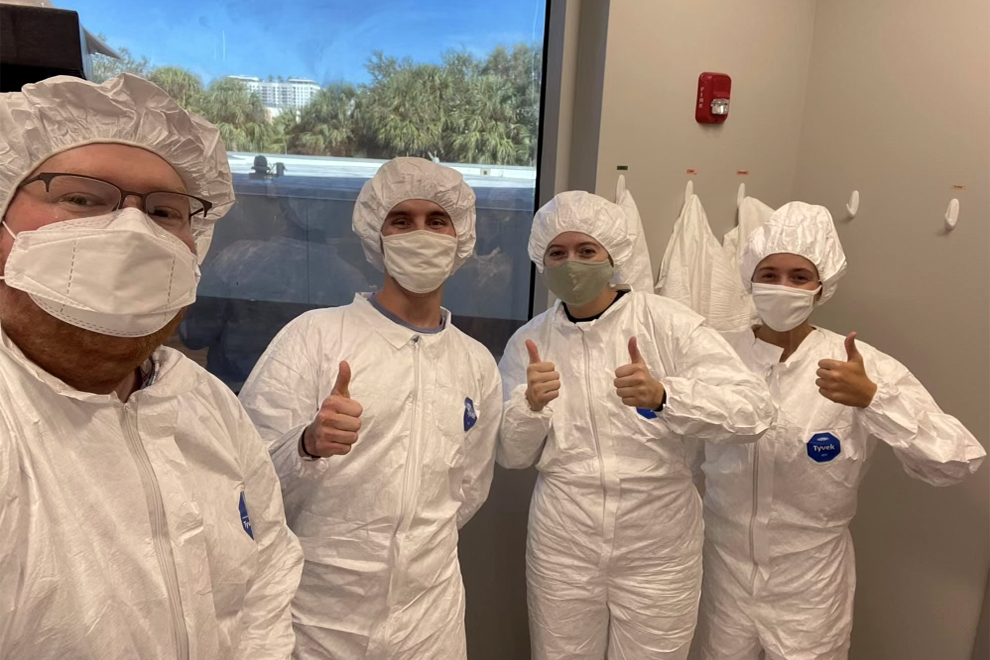
Project 3: Faculty Mentor: Dr. Tim Conway
Chasing the role of metals in biogeochemistry in the oceans
Transition metals such as iron and nickel are needed for growth by microbes in the ocean, and so play a role in controlling primary productivity, ocean-atmosphere carbon exchange, and nitrogen fixation. Locally, on the West Florida Shelf, where nutrients influence nitrogen fixation or harmful algal blooms, we are interested in understanding how rivers and submarine groundwater add metals to the ocean. However, these metals are only present at very low levels in seawater and so ultra-clean precise procedures are needed to measure them. In this project, REU participants will assist in developing automated chemical purification methods to measure these metals and their stable isotopes in surface seawater samples that have been collected from a range of possible global locations. REU participants will gain experience in clean chemical procedures for studying trace metals in seawater, including manual and automated separation techniques and ICP mass spectrometer analysis for elemental concentrations and stable isotope ratios. Participants will also be mentored in data interpretation and presentation.
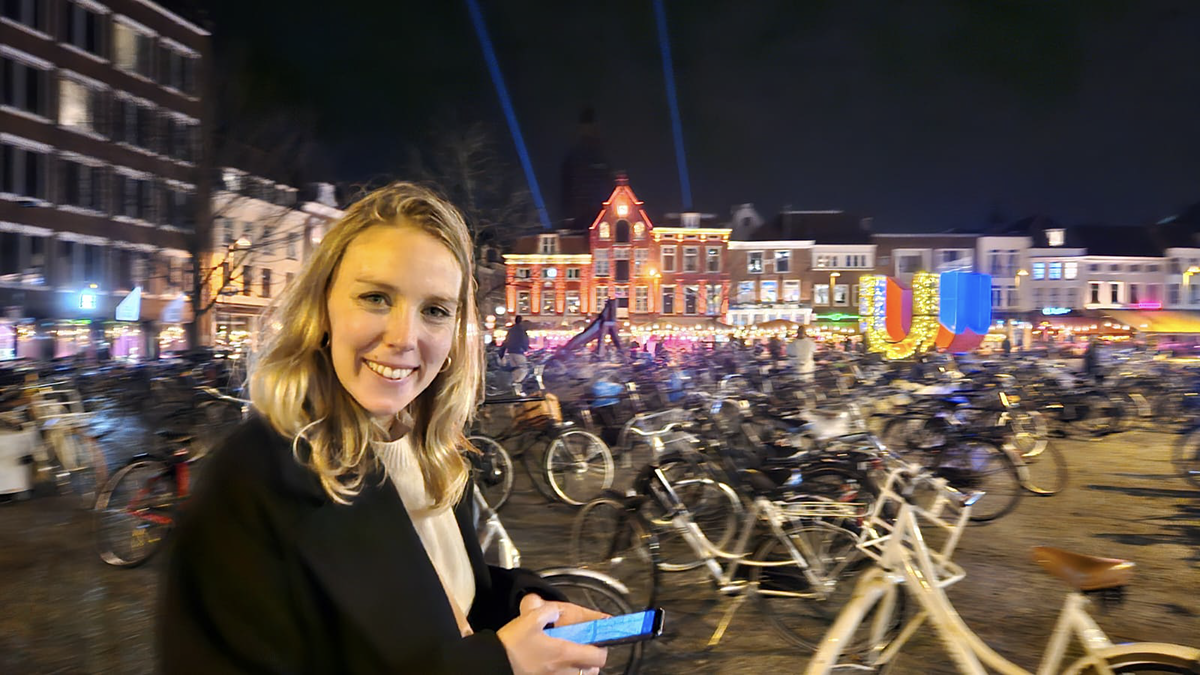
Project 4: Alejandra Rodriguez Enriquez, PhD, CAS School of Geosciences
Heat and Flooding Interactions During Tropical Cyclones in Florida
Flooding and heatwaves are among the most significant natural hazards facing Florida’s communities, and their impacts can be especially severe when they occur together during tropical cyclones. Understanding these compound heat–flooding events is critical for developing effective risk mitigation strategies. This project focuses on analyzing such events in the Tampa Bay region using in-situ environmental observations. Students will investigate how extreme heat and flooding interact to exacerbate impacts. Through this work, students will gain hands-on experience in time series analysis, statistical methods, and multi-hazard risk assessment, learning to identify and interpret the connections between atmospheric and oceanic processes. This research is particularly relevant in Florida, where densely populated coastal areas face some of the highest exposure in the nation to overlapping heat and flooding hazards.
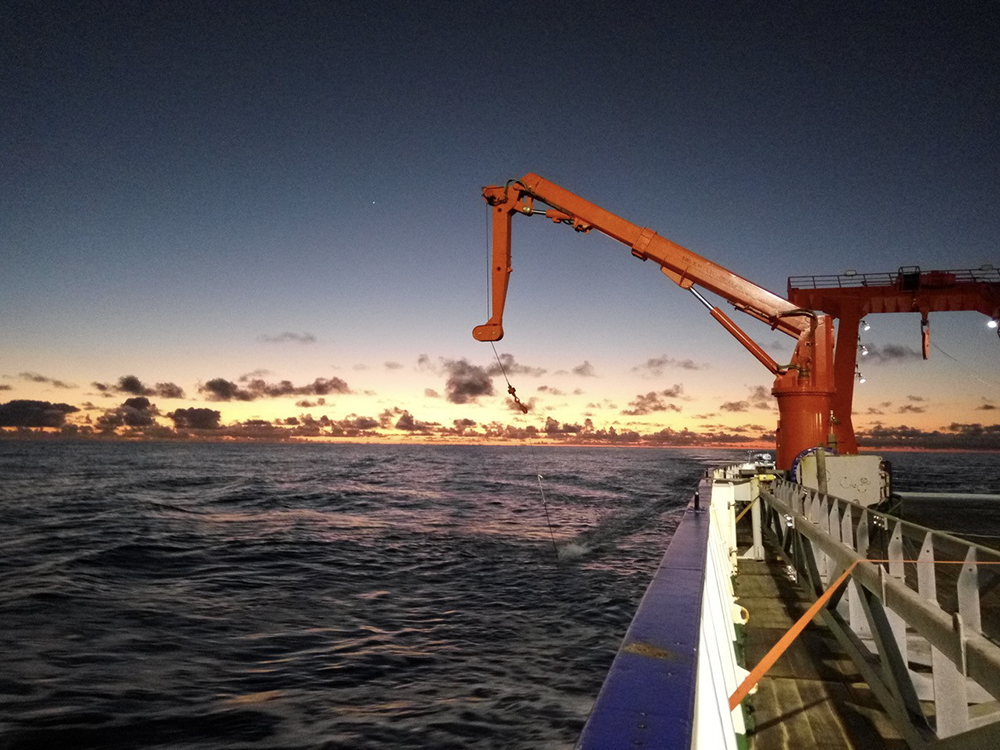
Project 5: Faculty Mentor: Dr. Yao Fu
Atlantic Meridional Overturning Circulation and its impact on deep ocean oxygen
This research project focuses on investigating the relationship between the Atlantic Meridional Overturning Circulation (AMOC) and oxygen concentration in the deep ocean in the North Atlantic. The AMOC is a large-scale ocean circulation that redistributes heat, freshwater, oxygen and nutrients on a global scale. Its variability is expected to influence the export of oxygen from the oxygen-rich subpolar North Atlantic to the lower latitudes, which is vital for marine ecosystems in the North Atlantic Ocean. In this project, students are expected to analyze outputs of selected climate model simulations with both physical and biogeochemical components. We will use simulations of the present-day climate, but also future projections. The results may help us understand the role of the AMOC in deep ocean oxygen variability on decadal to centennial timescales. Basic programming skills using Python/Matlab are required to conduct the investigation.
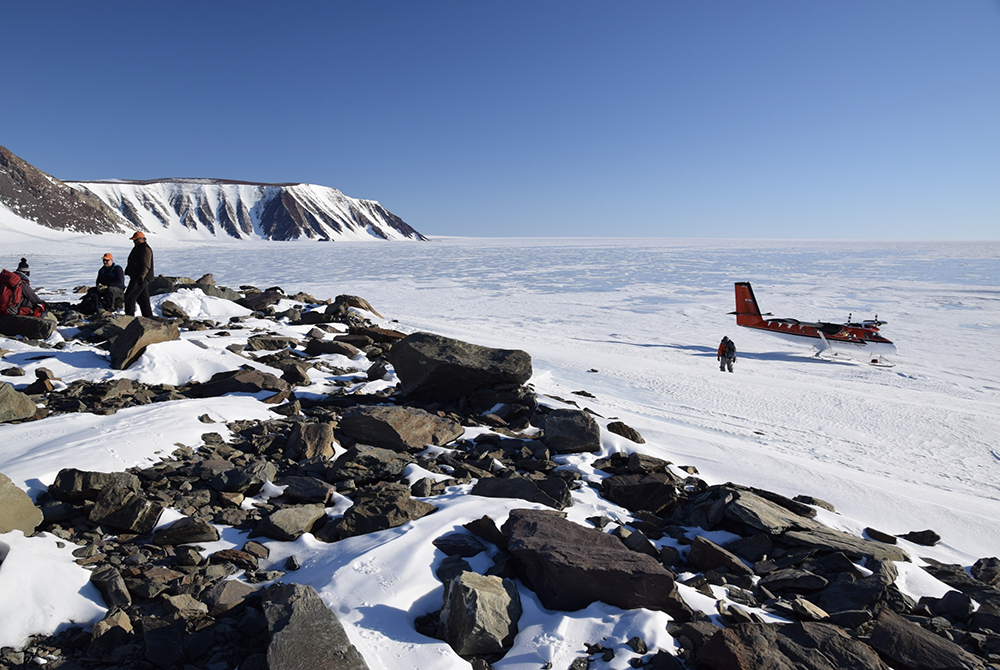
Project 6: Faculty Mentor: Dr. Trevor Williams
Exploring Antarctic ice retreat in warming climates using glacial sediments
How far will Antarctic ice retreat under climate warming? Past warm interglacial times offer climate analogs when temperatures were just a couple of degrees warmer than today, resulting in ice melt that raised sea levels by several meters. Which parts of the Antarctic ice sheet melted then and how vulnerable are they to melting in the future?
This project will introduce REU participants to research in glacial sedimentology and Antarctic glacial history, based on existing X-ray images of marine sediment cores, plus new sediment samples that we will analyze in the laboratory for the iceberg-rafted detritus (IRD) they contain. IRD is composed of small fragments of bedrock, eroded by glaciers, carried out to sea in icebergs, and deposited on the seabed when the icebergs melted – it is usually a signature of glacier retreat. The participants will generate IRD records from the same interglacial (probably Marine Isotope Stage 11, ~400 thousand years ago) from contrasting sites offshore of Antarctica and use them to investigate ice sheet retreat at that time.
The sediment samples for this research were collected by the International Ocean Discovery Program (IODP), and analyses will include grain-size (using sieves and a grain-size analyzer) and mineralogy of the IRD (using light microscopy) in the College of Marine Science laboratories.
REU participants will learn: to plan a project timeline; concepts in sedimentology and Antarctic glaciology; sedimentological techniques in the laboratory; to formulate and explain research questions; and to communicate earth science data and concepts in informal and/or formal professional settings.